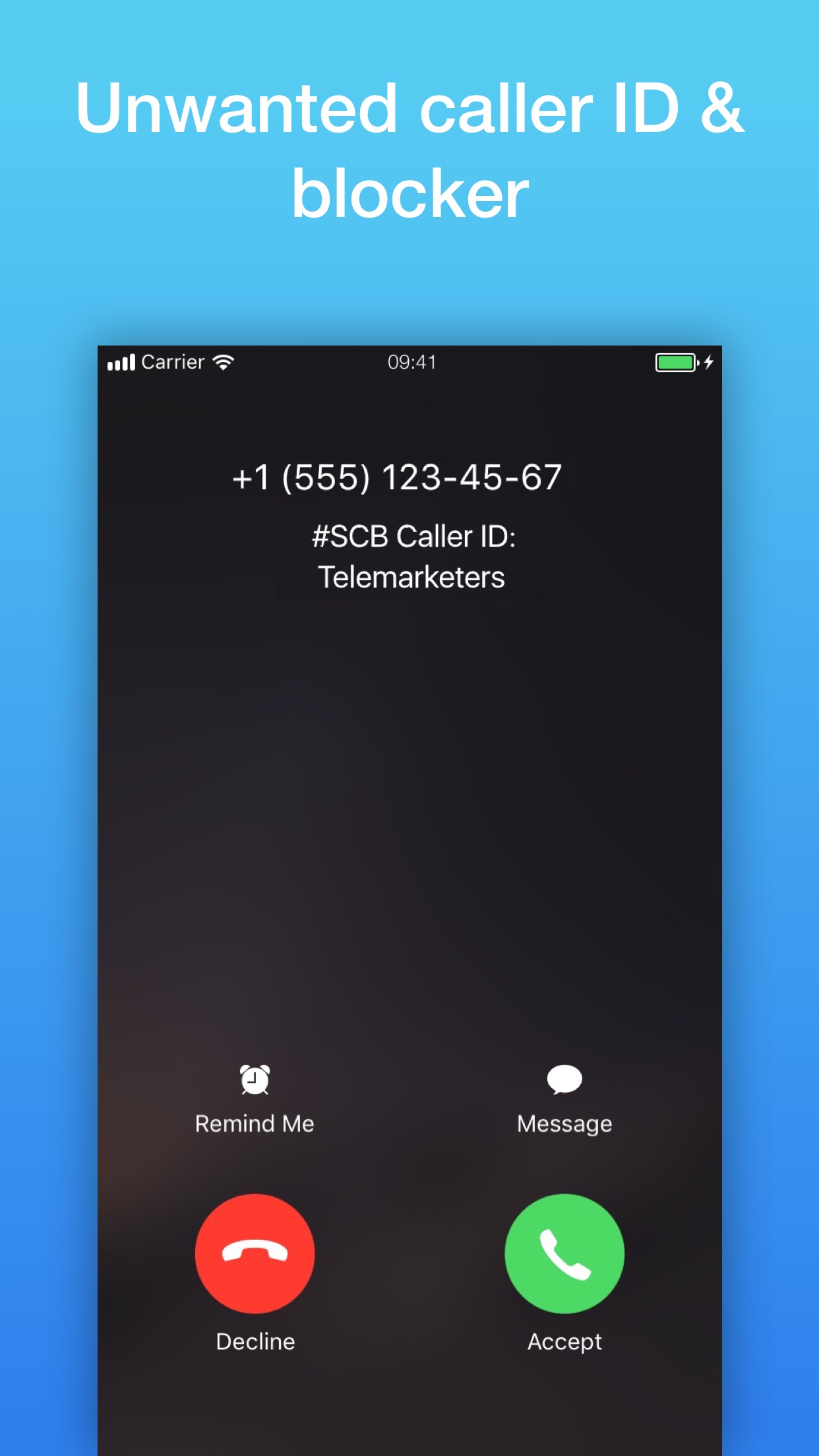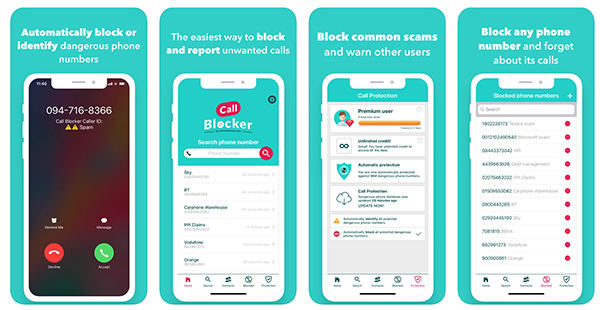
Not just the convenience of viewing web pages without distraction but also the level of security users are getting when not exposed to the dangerous pop-ups has set a new benchmark in the world’s market. New iPhones come out of the box already equipped with a powerful ad- and pop-up blocking tool as a part of their Safari web browser. With that idea in mind, Apple has introduced some new features into its latest OS build.
#Add blocker for iphone free
But how such a board will work in practice-and whether other ad blockers will follow suit-remains to be seen.Even the best phones in the world are not free from annoying ads and pop-ups.


That’s been a controversial move in advertising circles, leading the company to announce Tuesday it will let an independent board decide which ads are acceptable enough to bypass its filters. At least one iOS blocker, Crystal, has taken Eyeo up on its offer.

Eyeo GmbH, the company behind Adblock Plus, is now reaching out to iOS ad blockers and offering their developers a similar display-for-pay arrangement. Adblock Plus, for instance, lets Microsoft, Amazon, Google, and roughly 70 other companies pay to be whitelisted by default. In reality, most top iPhone ad blockers so far lump Gruber’s own ad network in with the most annoying animated advertisements, leading Gruber to ask: “Are we fighting ads or are we fighting garbage?” But that’s not a distinction most readers make.Īnd even if ad blocker users do whitelist their favorite sites, their good web citizenship could be undercut by the ad blockers themselves. It’s a hopeful premise, but it assumes users will take a proactive role in allowing ads from sites they like and want to support, effectively working harder to still see ads. Apple blogger John Gruber, for instance, thinks consumers will choose to “whitelist” less obtrusive ads. Meanwhile, the optimists out there believe the ad blocking wars will simply result in better ads. Add the revenue loss caused by mobile blockers to the fast-growing desktop ad blocking scene, and “there’s a reason publishers are scared,” says Ilfeld.
#Add blocker for iphone install
That means there’s a good economic reason to install one beyond getting a cleaner web browsing experience. Mobile ad blockers are proving particularly popular because they help users avoid data overages - loading all the ads and trackers on publishers’ sites takes precious bandwidth, after all. But Ilfeld and Goldman point out that this estimate, while high, certainly isn’t unattainable. The 11% estimate is based on 45% of iOS web traffic coming from devices with ad blockers installed - roughly three times the rate of desktop ad blocker use. The authors of that report, Jake Goldman and Ben Ilfeld, say those numbers may actually undersell the long term damage ad blockers could cause. One developer removed his ad blocker just days after iOS 9’s release, saying he felt guilty for the potential damage it could’ve done to publishers’ bottom lines. A report from web development firm 10up (disclosure: TIME is a client), predicts that mobile ad blockers could deprive publishers of between 3% and 11% of their ad revenue within the next eight months. That means, ironically enough, that iPhone users want an ad-free mobile experience so badly they’re willing to pay directly for it.
#Add blocker for iphone software
In the days since iOS 9’s release, ad blockers quickly became the best selling software in the App Store. Ad blockers were banned from Android’s Google Play store in 2013, and were not previous technically possible on the iPhone.īut Apple’s move to allow ad blockers has changed all that.

After all, Internet users are increasingly doing their browsing not on desktop computers but on mobile devices like phones and tablets, where ad-blocking wasn’t happening (mobile traffic is hard for publishers to monetize for other reasons, however, including the lack of screen space). In a previous time, it might have been possible for publishers to ignore the rise of ad-blocking. That’s costing publishers some serious revenue, to the point where some free websites are now asking visitors if they would kindly turn their ad blockers off, thank you. The number of people using desktop ad blockers like Adblock grew from 21 million a month in 2010 to 181 million this year, according to a report from Adobe and analytics company Pagefair. It’s never been easier for Internet users to install software that blocks advertisements from appearing on web pages. But this model is facing a potentially existential threat.


 0 kommentar(er)
0 kommentar(er)
